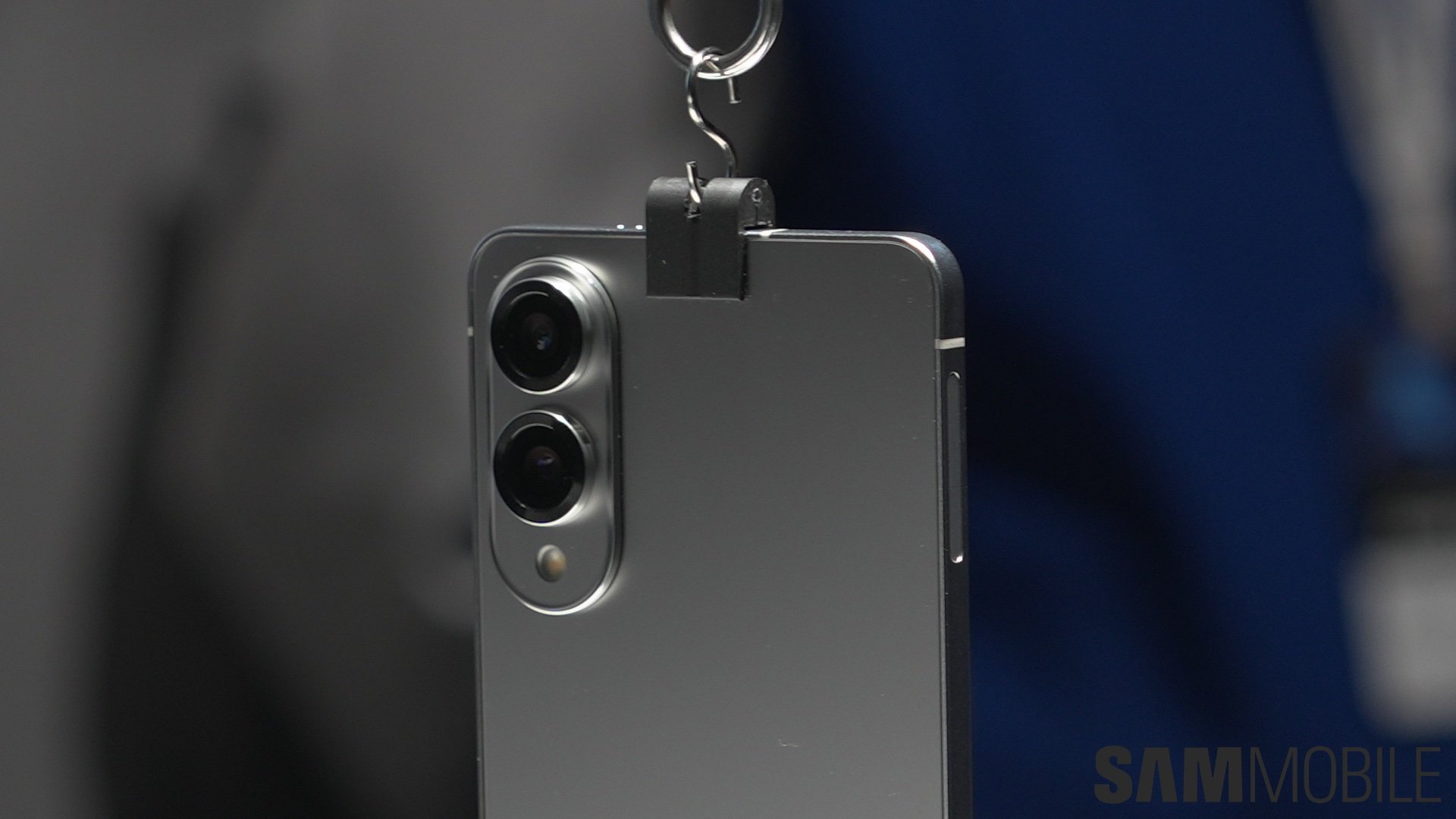Notifications
Posted by - Support KAAYXOL -
on - 3 hours ago -
Filed in - Technology -
-
1 View - 0 Comments - 0 Likes - 0 Reviews

The 2010 – 2020 decade was truly an era of greatness for Samsung. It's when the company seriously started showing off its engineering prowess. For long, Samsung had been blamed of being nothing more than a copycat. It worked very hard to shed that label. The company was able to call upon the expertise of its various divisions, particularly display, to create products that had an immense impact on the mobile industry.
Samsung single-handedly led the movement to adopt larger displays on mobile devices. The original Galaxy Note that came out in 2011 felt like an outlier at a time when most phones had smaller displays by comparison. Yet, Samsung stuck with not just the larger panel but also with the S Pen, despite the stylus rapidly going out of fashion at that time.
Two years later, Samsung came out with the Galaxy Round. It was the first smartphone sold commercially that had a curved display. This highlighted how the synergy between Samsung Display and the mobile division enabled the latter to do great things that the competition couldn't immediately turn around and replicate.
The following year in 2014 came the Galaxy Note Edge. The device had a display the curved across its right side, with accompanying software feature that help users have different panels pull up in response to swipes. This idea got a solid reception from customers and Samsung would then expand it to its primary flagship lineup.
2015 brought the curved “edge” displays to the flagship lineup with the Galaxy S6 edge and Galaxy S6 edge+. The Galaxy S7 edge came out the next year as Samsung further expanded the reach of its curved display panels. These devices were so unique at that time as few, if any, true competitors existed that provided the same type of display technology.
Even as the edge display was dropped in 2017's Galaxy S8 series, that itself brought about a significant change in the design philosophy. Samsung dropping the physical navigation and home buttons from the devices with this series, laying the groundwork for a future where its devices could have larger displays in a smaller footprint.
By 2020, another major overhaul was made with the Galaxy S20 series, which introduced the Ultra variant to this lineup for the very first time. Two years later, it would revamp the lineup again as the Galaxy S22 Ultra became the official successor to the Galaxy Note 20, which was the final device in that beloved series.
Samsung's design language has prioritized practicality over spectacle these past few years. Uniform form factors, insignificant design changes, and an almost Apple-like obsession with refinement at the cost of progress.
Under the new leadership, the focus shifted to optimization and extracting more value from less. The scope of these upgrades became tighter with each iteration, the pace of hardware upgrades was slowed, even on foldable devices that were expected to usher in a new period of growth for the company.
Fans have missed Samsung's bold, risk-taking innovative qualities from the years gone by, but is the newly revealed Galaxy S25 Edge the first sign that Samsung is moving back to it? Samsung's surely not playing it safe with this device. The “safe” phones are the other models in the Galaxy S25 series, as Samsung can pump out flagships like that in its sleep and they'll still sell well.
It could have called the device anything, even the “Galaxy S25 Slim” that was rumored for months made sense. Samsung chose the “Edge” brand for a reason. It's associated with some of the company's most boldest hardware bets. Samsung didn't resurrect this brand for nearly a decade because it wouldn't have done justice to it.
The Galaxy S25 Edge's aggressive styling and ultra-thin design shows Samsung is emphasizing form as much as function for this device. It's the first time in years that it feels like Samsung is taking a risk in the conventional smartphone space. There's been enough stability and perhaps Samsung now feels that it's time to push the envelope once again?
This could materialize through the expansion of its smartphone lineups. We've already seen it do something similar for foldables with the Galaxy Z Fold Special Edition. Rumors also point to a multi-fold device and a more attainable variant of the clamshell Galaxy Z Flip.
One has to wonder what this means for the future of Samsung's Galaxy lineup. Could we finally see the company bring some of its more adventurous designs to market? Maybe phones with rolling/sliding display or more radical Edge designs?
It's about time that this obsession with refinement that we've been seeing for the past few years ends. The industry needs the next generation of game-changing devices now more than ever before. Samsung should take the lead on this once again.
The post How the Galaxy S25 Edge takes Samsung back to its boldest era appeared first on SamMobile.

